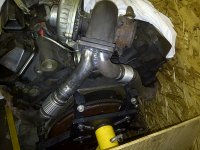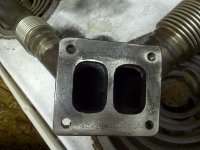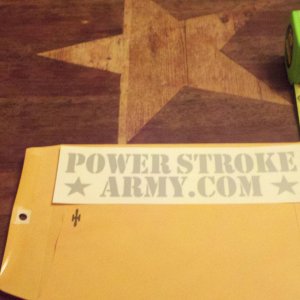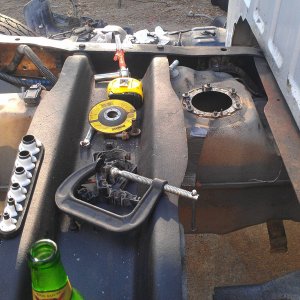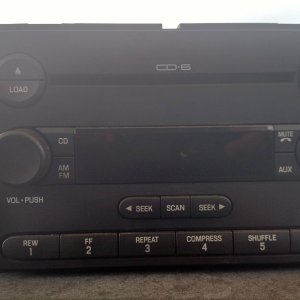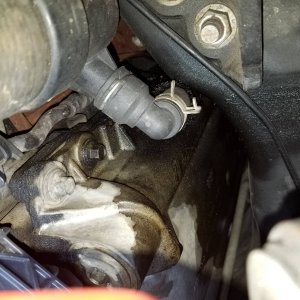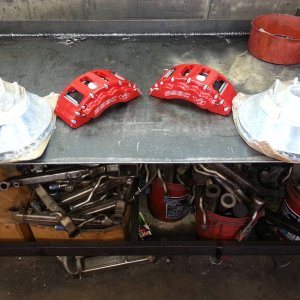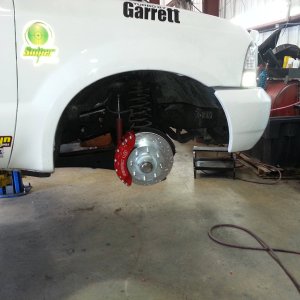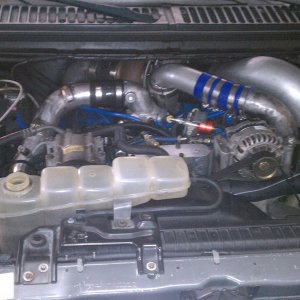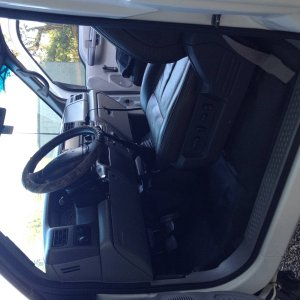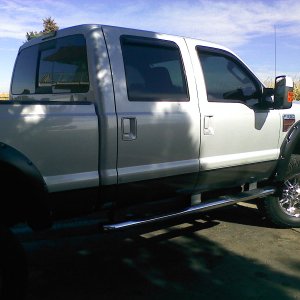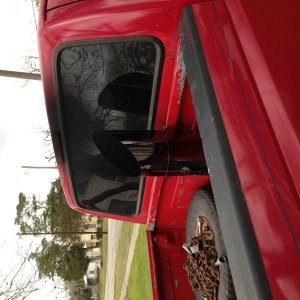blaze42069
New member
Was tired of the poor up-pipe setup and like to make my own stuff, so I ordered some pipe bellows and cut up the OEM pipes to fab into a one piece setup. It sure is a bonus having a block on a stand let me tell you.
I have one question tho. I used a 1/2" plate to bolt up to the turbo with where I welded the pipes to. Should I take the pipes to a machine shop and machine the mating surface on the 1/2" plate 100% flat? I did put a steel rule on it to check for light and didn't see any but is it a gamble? Or am I over thinking this? Thanks guys!
I have one question tho. I used a 1/2" plate to bolt up to the turbo with where I welded the pipes to. Should I take the pipes to a machine shop and machine the mating surface on the 1/2" plate 100% flat? I did put a steel rule on it to check for light and didn't see any but is it a gamble? Or am I over thinking this? Thanks guys!

